By Arivumani Srivastava (PO ’26)
Charter school enrollment across the United States has more than doubled since 2009 from 1.6 million to 3.4 million students, despite their increasingly polarizing position in communities and governments across the nation. This growth has been the source of contentious political debate on the efficacy and effectiveness of charter schools, resulting in bitter divisions between supporters and critics. Prominent supporters have praised their ability to be “incubators of innovation” and provide “parents [with] greater choice within the public school system.” Meanwhile, critics have condemned them as profit-driven entities that “siphon off money for our public schools” at the expense of students in traditional public schools.
Beyond these often-cited claims, though, lies a much more nuanced picture of the success of charter schools that necessitates an examination of factors like individual schools’ successes, state laws, and school accountability for success to the communities they serve.
The nation’s first charter school legislation was passed in 1991 in Minnesota through a contentious yet bipartisan vote. According to the legislation’s author, state senator Ember Reichgott Junge, the purpose of this legislation was to create more responsive, innovative schools with less bureaucracy to provide parents with more choices. After the opening of the first charter school in Saint Paul, the idea spread like wildfire, with over 1,000 charter schools opening across the country by 1998.
As a result of this innovative legislation and the schools opening, charter school success stories are now found across the country. In a study published by school-choice friendly journal Education Next, Black students had larger gains in math and reading test scores in charter schools versus traditional district schools. In Massachusetts, urban charter schools showed large positive gains in student performance across the board. In Los Angeles County, charter schools are frequently found in the list of the schools with the highest performing Black students. In Nashville, charter schools with majority low-income students demonstrated consistently higher proficiency levels than the rest of the district, with achievement on state math testing being a staggering 70% higher.
These successes are commendable, but they are also an inaccurate representation of the cumulative success of charter schools. While Massachusetts urban charters showed large positive gains, the opposite was true of nonurban charter schools, with effects on test scores being negative and significant for students at these schools. In Pennsylvania, most charter school students showed similar or negative growth in reading and math when compared to their traditional school counterparts. While charter schools have shown some consistent success for Black and urban youth, their overall success at improving student test scores has been mixed. As mentioned earlier, charter school laws vary widely from state to state. Consequently, district and community oversight of charter schools also varies widely, often at the expense of students. Laws enabling weak authorizers , the regulators of the charter school industry who approve new proposals, have been criticized even by charter school supporters for allowing charters to fail. This, combined with the mixing of public and private entities in the opening of charters, has resulted in numerous charter schools having a significant profit-driven motivation. An extreme example comes from Pennsylvania, where a charter school in Philadelphia was able to moonlight as a nightclub with an expired liquor license.
More common, however, are the numerous loopholes abused to reap profit from funds intended for public education. One such tactic is non-profits that run charters paying lease rates far above market rate to landowners, such as a Cincinnati charter that paid $867,000 in lease to a for-profit corporation. In another case, a former state legislator in Arizona made $37 million selling property to a 501(c)3 charter school organization. Such large profits run the risk of sacrificing the quality of education in favor of monetary gain—one such case is the Alliance Academy of Cincinnati, which paid the highest rent per square foot of any Ohio school but showed proficiency levels in ELA and math nearly 20 percentage points lower than statewide levels.
This raises what is perhaps the greatest concern surrounding charter schools: the negative effects they can have on students. With public-private partnerships comes the flux of the private sector—within 15 years of opening, about 1 in every 2 charter schools closed. These closures force students to switch schools after already having switched to the charter, which can have damaging effects on their long-term success in their K-12 education. These negative effects are not limited to just charter school students, however. A recent study of New York charter schools found that the costs required to continue operating public schools often exceeded their revenue after losing money to charter schools. As a result, these schools have had to cut costs through removing teachers, after school programs, and increasing class size, among other changes, thereby damaging the education received by those students who do not attend newly opened charters.
Nonetheless, the autonomy afforded to select charter schools has created repeated success in urban and minority communities across the country as incubators of pedagogical and educational innovation. The volatility and variability that comes with the involvement of the private sector, however, generally make charter schools risky, experimental options. Charters are overwhelmingly inconsistent and put students’ futures in the balance of 501(c)3 budgets and the stability of their governing organization. Thus, the question lawmakers should be asking is not how to open more charter schools, but rather, what could public schools implement from successful charters? By learning from the example of these charters’ educational victories, policymakers can implement their successful strategies on a broader scale and reimagine the public school system to better serve the needs of all students.

